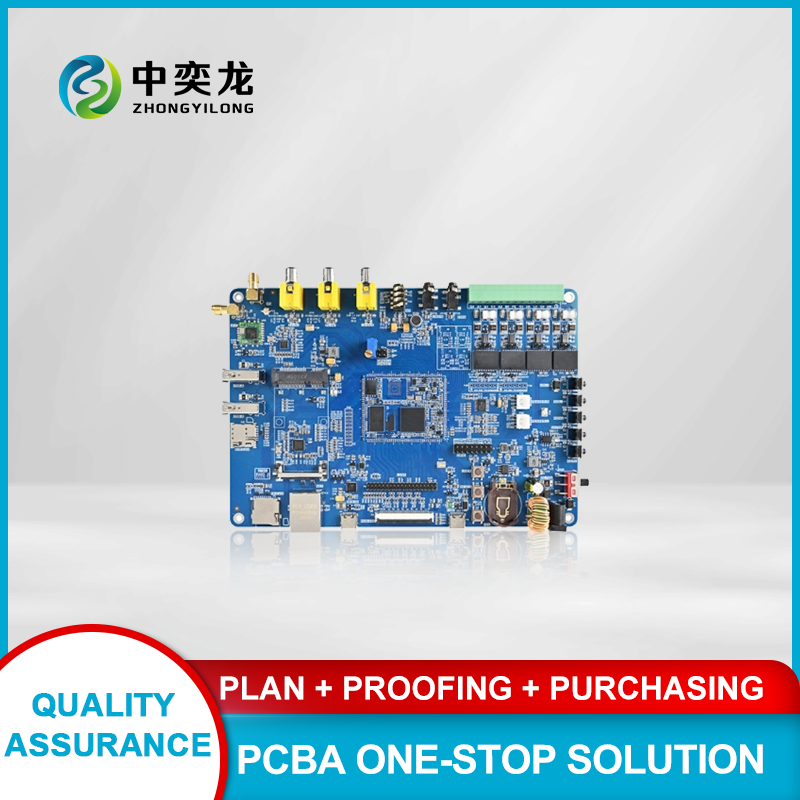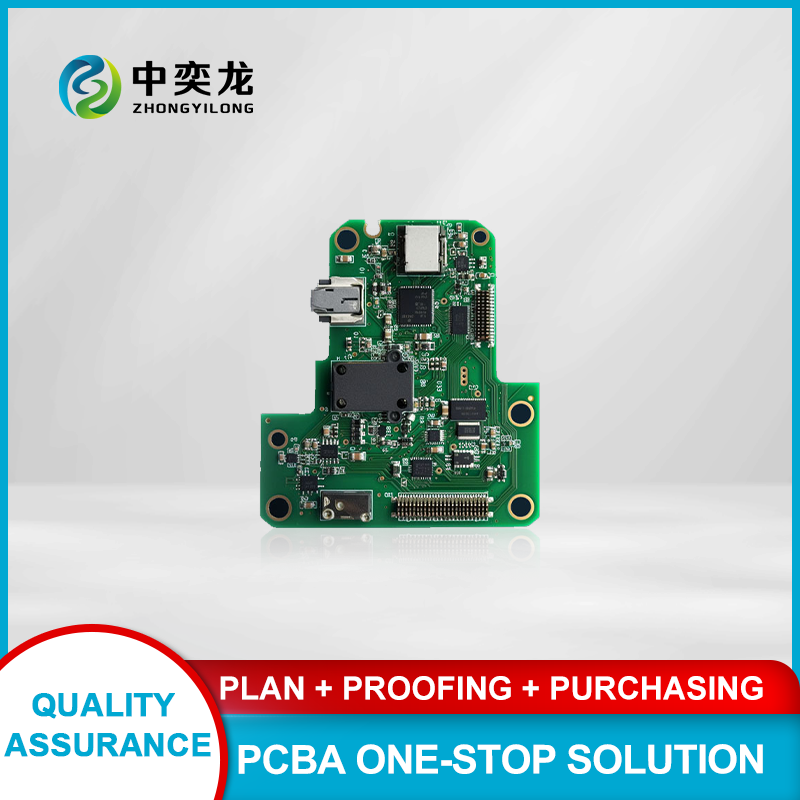
Innovating Smartware Design in PCB Assembly for Enhanced Functionality
2025-07-16
---
In the rapidly evolving landscape of electronic components, "smartware design" has emerged as a crucial element for companies engaged in circuit board and PCBA (Printed Circuit Board Assembly) processes. Smartware design refers to the integration of intelligent, user-oriented features into hardware, which can significantly enhance both the functionality and usability of electronic devices. This article delves into the various aspects of smartware design and its implications for the electronic components industry.
One of the primary benefits of smartware design in PCB assembly is its ability to streamline performance and optimize resource management. By incorporating advanced materials and design methodologies, engineers can create circuit boards that are not only efficient but also cost-effective. This means that manufacturers can produce PCBs that consume less power while maintaining high performance levels, which is particularly important in today’s energy-conscious market.
Moreover, smartware design facilitates better integration of complex functionalities within smaller form factors. As devices continue to shrink in size, the demand for compact yet powerful circuit boards grows. Smartware design enables engineers to maximize the use of space on a PCB, allowing for more features without compromising reliability. Techniques such as multi-layered PCB designs and surface-mount technology (SMT) are vital in achieving these goals, ensuring that products remain competitive in a crowded marketplace.
Another aspect of smartware design is user-centric innovation. In an age where user experience dictates market success, integrating smart features into electronic devices can set a product apart. For instance, incorporating sensors, wireless connectivity, and smart interfaces into the PCB design can enhance interactivity and make devices more intuitive for end-users. This shift towards smarter electronics demands a collaborative approach where designers, engineers, and end-users work together to create solutions that meet real-world needs.
Additionally, the rise of the Internet of Things (IoT) has thrust smartware design into the spotlight. With the increasing number of connected devices, the demand for reliable and secure PCBs has never been higher. Smartware design strategies that include security features from the ground up can help mitigate risks associated with data breaches and device vulnerabilities. This proactive approach not only protects the end-user but also builds trust in the product and brand.
In conclusion, smartware design is a transformative trend within the electronic components industry, particularly in the context of circuit board and PCBA processes. By focusing on efficiency, compactness, user experience, and security, companies can leverage innovative design strategies to stay ahead in a competitive market. Embracing smartware design is not just about keeping up with technology trends; it is about fostering a culture of innovation that prioritizes the needs of users while enhancing product functionality and performance.
In the rapidly evolving landscape of electronic components, "smartware design" has emerged as a crucial element for companies engaged in circuit board and PCBA (Printed Circuit Board Assembly) processes. Smartware design refers to the integration of intelligent, user-oriented features into hardware, which can significantly enhance both the functionality and usability of electronic devices. This article delves into the various aspects of smartware design and its implications for the electronic components industry.
One of the primary benefits of smartware design in PCB assembly is its ability to streamline performance and optimize resource management. By incorporating advanced materials and design methodologies, engineers can create circuit boards that are not only efficient but also cost-effective. This means that manufacturers can produce PCBs that consume less power while maintaining high performance levels, which is particularly important in today’s energy-conscious market.
Moreover, smartware design facilitates better integration of complex functionalities within smaller form factors. As devices continue to shrink in size, the demand for compact yet powerful circuit boards grows. Smartware design enables engineers to maximize the use of space on a PCB, allowing for more features without compromising reliability. Techniques such as multi-layered PCB designs and surface-mount technology (SMT) are vital in achieving these goals, ensuring that products remain competitive in a crowded marketplace.
Another aspect of smartware design is user-centric innovation. In an age where user experience dictates market success, integrating smart features into electronic devices can set a product apart. For instance, incorporating sensors, wireless connectivity, and smart interfaces into the PCB design can enhance interactivity and make devices more intuitive for end-users. This shift towards smarter electronics demands a collaborative approach where designers, engineers, and end-users work together to create solutions that meet real-world needs.
Additionally, the rise of the Internet of Things (IoT) has thrust smartware design into the spotlight. With the increasing number of connected devices, the demand for reliable and secure PCBs has never been higher. Smartware design strategies that include security features from the ground up can help mitigate risks associated with data breaches and device vulnerabilities. This proactive approach not only protects the end-user but also builds trust in the product and brand.
In conclusion, smartware design is a transformative trend within the electronic components industry, particularly in the context of circuit board and PCBA processes. By focusing on efficiency, compactness, user experience, and security, companies can leverage innovative design strategies to stay ahead in a competitive market. Embracing smartware design is not just about keeping up with technology trends; it is about fostering a culture of innovation that prioritizes the needs of users while enhancing product functionality and performance.
Related News












 WhatsApp
WhatsApp
 E-mail
E-mail